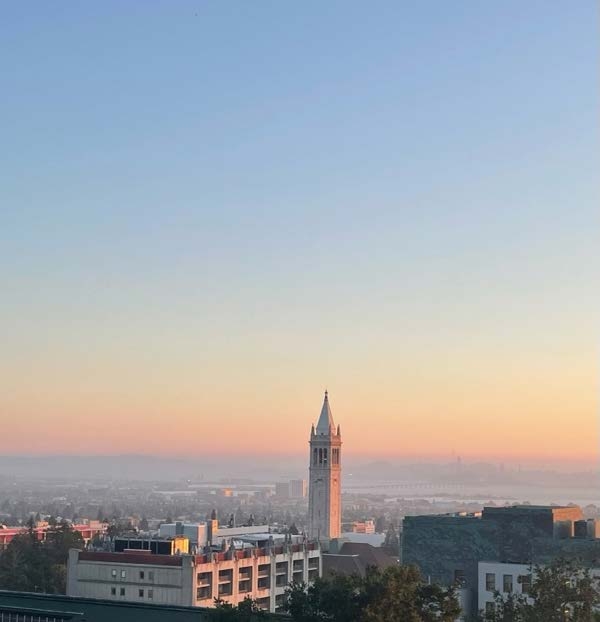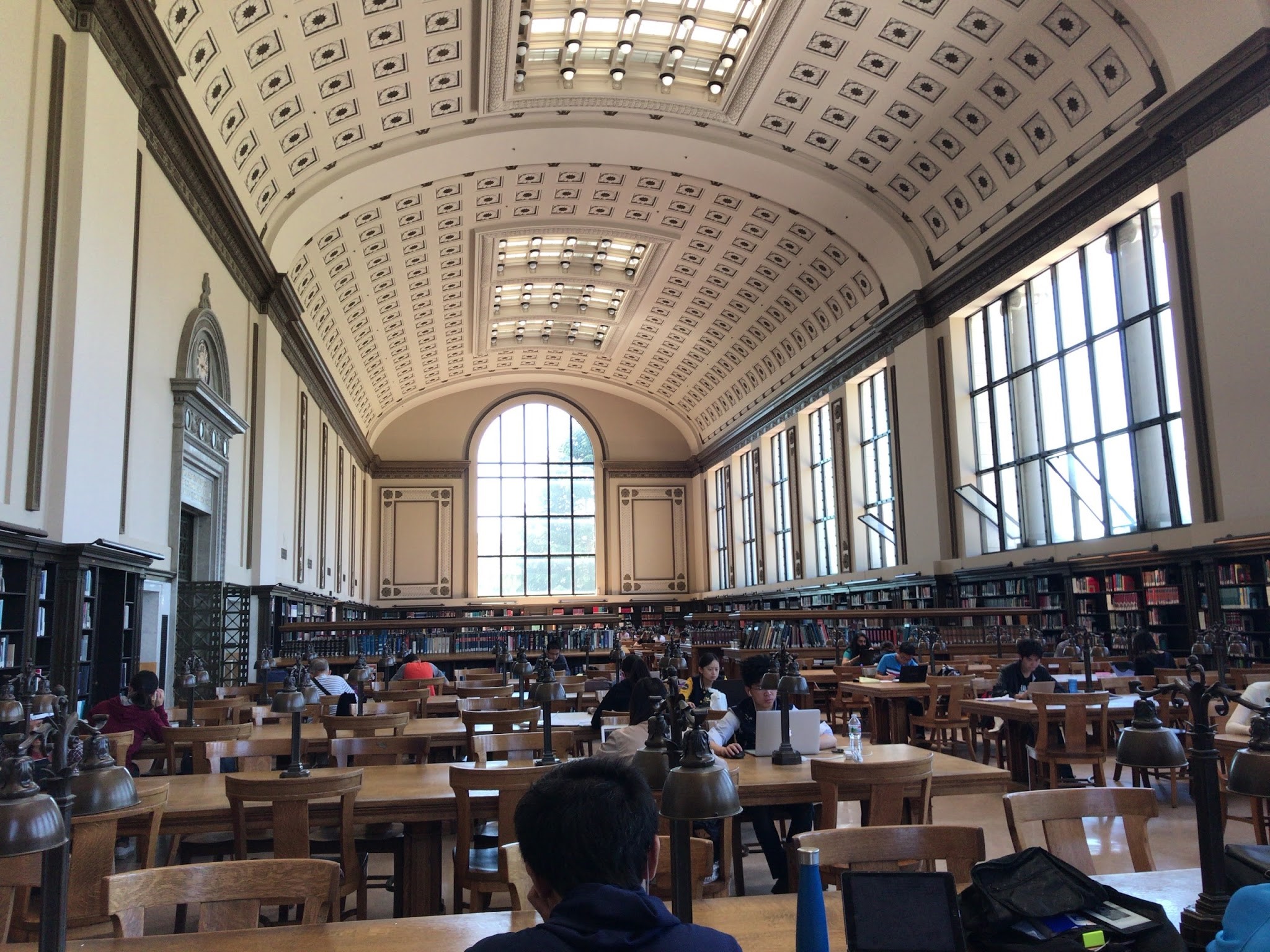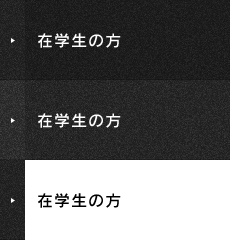協定校シーズンプログラム (カリフォルニア大学バークレー校) 2022年6月20日~8月12日
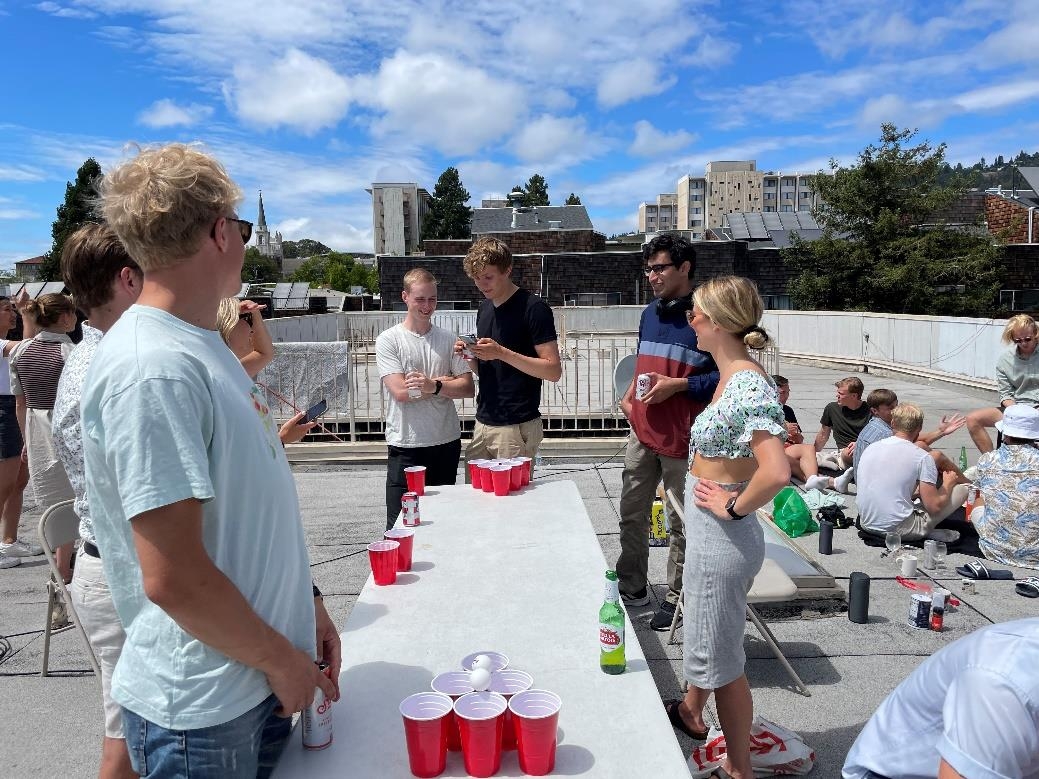
留学時の学年: |
B3 |
|---|---|
所属: |
工学院情報通信系 |
留学先国: |
アメリカ合衆国 |
留学先大学: |
カリフォルニア大学バークレー校 |
留学期間: |
2022年6月20日~8月12日 |
プログラム名: |
The Goal of the Program
Summer sessions at the University of California, Berkeley are sessions held during the summer break for Berkeley students to gain extra credits and catch up with others or get a little head start before the next academic year begins. These sessions are also open to people from outside the university as well, including international students. In my particular case, my goal for this program can be split into 2 parts.
Firstly, my goal was to gain an insight into how the computer science classes operate in a top-class university like Berkeley and try to imitate how they approach learning complex topics in an efficient way so I can continue to thrive using the acquired knowledge.
Secondly, I wanted to meet people also taking computer science in Berkeley so that I can get an insight into what things they are pouring their time into and how they are approaching their careers and what their strategies are.
Contents of the Program
The summer sessions are categorized into sessions A through F.
Session C will probably the session most Tokyo Tech students will be interested in since this is the one that includes most Data Science and Computer Science courses. This was exactly my session as well. People who are interested in this program must check and see what courses they want to take, and which session applies to them.
For eight weeks the minimum requirement for units is six and the maximum is ten. Each unit is $580 but this is subject to change.
As can be seen from the schedule I have chosen to take two four credit courses in the span of two weeks.
The first class was a lower-level data science class which is said to be the most popular class during the summer sessions. The class code for the class is DATA C8. The focus of this is class is to introduce the basic concepts of Data Science through the lens of Python the programming language. It has a lighter focus on the mathematical theory of the subjects and instead it relies heavily on real world statistics to show how Data Science and programing can let us extract useful information from them.
The second which I took during these sessions is Computer Security and the class code for it is CS161. CS161 is a higher division computer science course which means that the course scale is much smaller, and the contents are much more in depth in comparison to DATA C8. The four main areas that are focused on in this course are, memory safety, cryptography, web security, and network security.
There are also some events made specifically for summer session students to find friends while also exploring Berkley. The most notable one and the one I recommend the most is the Campus scavenger hunt.
In general, the campus life at UC Berkeley is very similar to Japan. Lectures are conducted in a similar way using slides, textbooks and practice questions. There are libraries for studying and building for non-quiet work. The biggest differences visitors will feel is outside of the campus. Some aspects of American culture will be novel. One example is payment. Not only is California very cashless, it is also a very big tipping culture. Visitors should research online before visiting. Another aspect is the general population of the America. In Japan we are used to not speaking with strangers in public but in the U.S., even a 30 second elevator ride is a small talk opportunity. Visitors must be ready.
The students of Berkeley, however, are generally very kind and helping people. In projects students have the choice of having partners to work together with. In total I had 4 project partners. One from Berkley, one from another US university and 2 from Sweden. I become very good friends with the Swedish group in particular. They were visitors just like me and we spent a lot of time working on projects and preparing for tests in the group study rooms. The one problem that students from Japan will face is that they will find it very hard to find other Japanese students. This means that they must be able to communicate with foreign cultures for up to 2 months straight. This was one of the toughest parts of the program for me and the thing I missed most by the end was speaking to Japanese people.
How Classes Were Conducted
The two classes, DATA C8 and CS161, had similar but slightly different ways of conducting their educations.
As for CS161, the main bulk of the contents are available in the 90-minute classes from Monday through Thursday. Discussions sessions and Office hours are supports for these lectures. Discussion sessions are 60-mintue mini classes where TA pick up some question sheets which focus on reviewing and deepening the understanding of the contents. Office hours are support for any questions of help students need with the content, homeworks and projects.
The class evaluates the grade of its students through these homeworks which are multiple choice and are given every week which are fairly easy, 3 Projects which are the most difficult part of the class and 2 tests.
Project 1 is about memory safety vulnerabilities which required us to make running C programs to leak information and this project took us about 20 to 30 hours with the help of office hours. Project 2 is the hardest in which requires us to create a simplified version of Dropbox which took us about 40 to 50 hours. Project 3 is the simplest one which is given in the final week right before the test which took us only 4 hours which was about finding vulnerabilities on a custom website.
As for DATA C8, the main class in only a small glimpse into the topics we were studying. They were conducted with a few slides of PowerPoint and some python code demos. The real benefit and the meat of the course was all the support from the TA staff. There were 2-hour Lab sessions twice a week where there could be discussion with other members of the class and a chance to engage with a staff member to have all of your questions answered. There were Tutoring sessions that you could opt into which had one on one sessions with a tutor who worked through a work sheet with the student while
explaining the material at the same time. There were office hours that were available 8 hours a day. This meant that you could always get the help you wanted if you were stuck somewhere.
The Personal Effects of the Program
Personally, the most important take aways that I got from this experience was about how to approach the things I am learning so that they can be applied in real world scenarios. Both classes that I took at Berkeley heavily focused on real world problems and tried to teach the theory of concepts in a way that was closely tied to the practical side. This comes from the fact that the computer science department of the university is so closely tied to the tech companies of the Silicon Valley. After coming back to Japan, I will keep up this spirit when approaching a new subject. Information Communication Engineering which is my Major in Tokyo Tech also requires a lot of practical skills as well. Subjects such as computer security are important which means that the raw knowledge that I gained during this experience will be valuable as well.
Other Notes
Here I would like to list some miscellaneous information about the Bay Area itself. The Bay Area consists of five main cities of San Francisco, San Jose, Oakland and Berkeley. San Francisco is the largest city with a massive downtown, San Jose is the second largest city that includes the Silicon Valley and most headquarters of famous tech companies. Oakland and Fermont are smaller versions of San Francisco and finally Berkeley is the university town to the northeast of the Bay.
The weather in the Bay Area is very strange because of the cold current of the pacific that connects to the Bay. Even during the hottest times of the summer, the temperature will stay between 17 to 22 degrees. If someone drives about 80 kilometers to the East, this temperature rises to the high 30s. This means that even in August, there will be colder days that require a jacket.
Finally, an important note about the Bay Area is its safety. The Bay Area suffers a problem with homelessness due to expensive housing. This homelessness problem causes the city to be less safe due to higher rate of crime. Visiting students must remain cautious and vigilant.
-
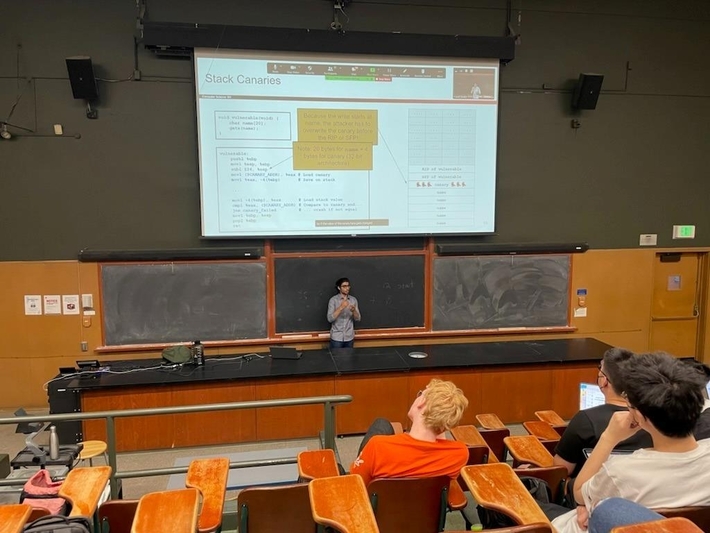
Computer Security Lecture
-
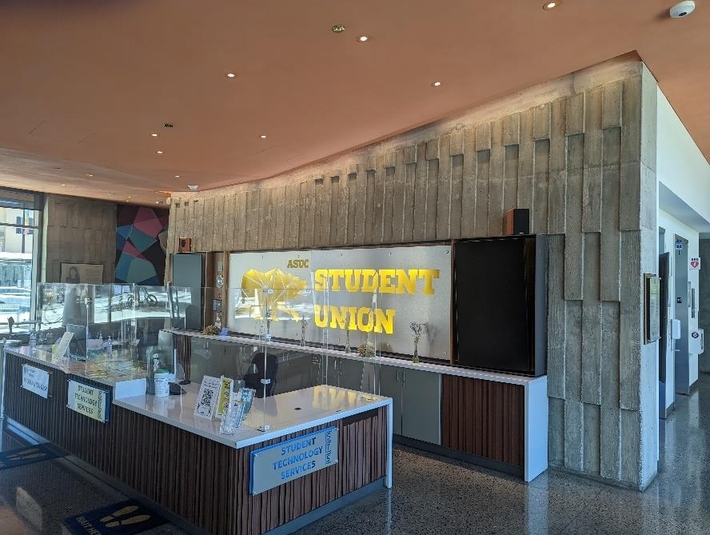
Student Union Building
-
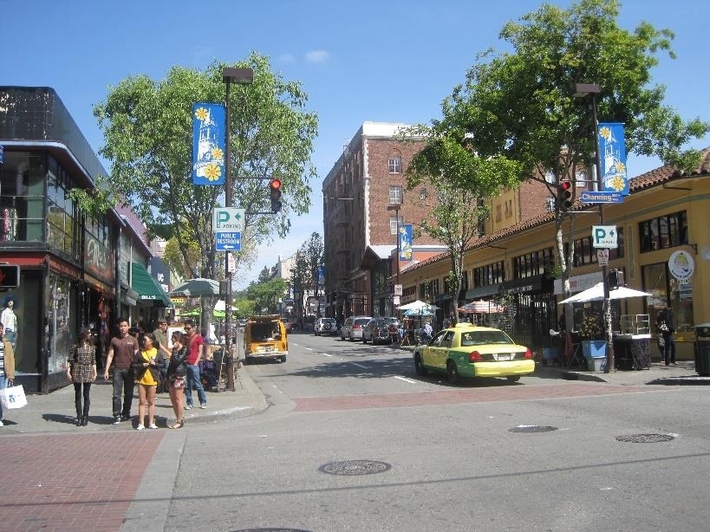
Telegraph Avenue


